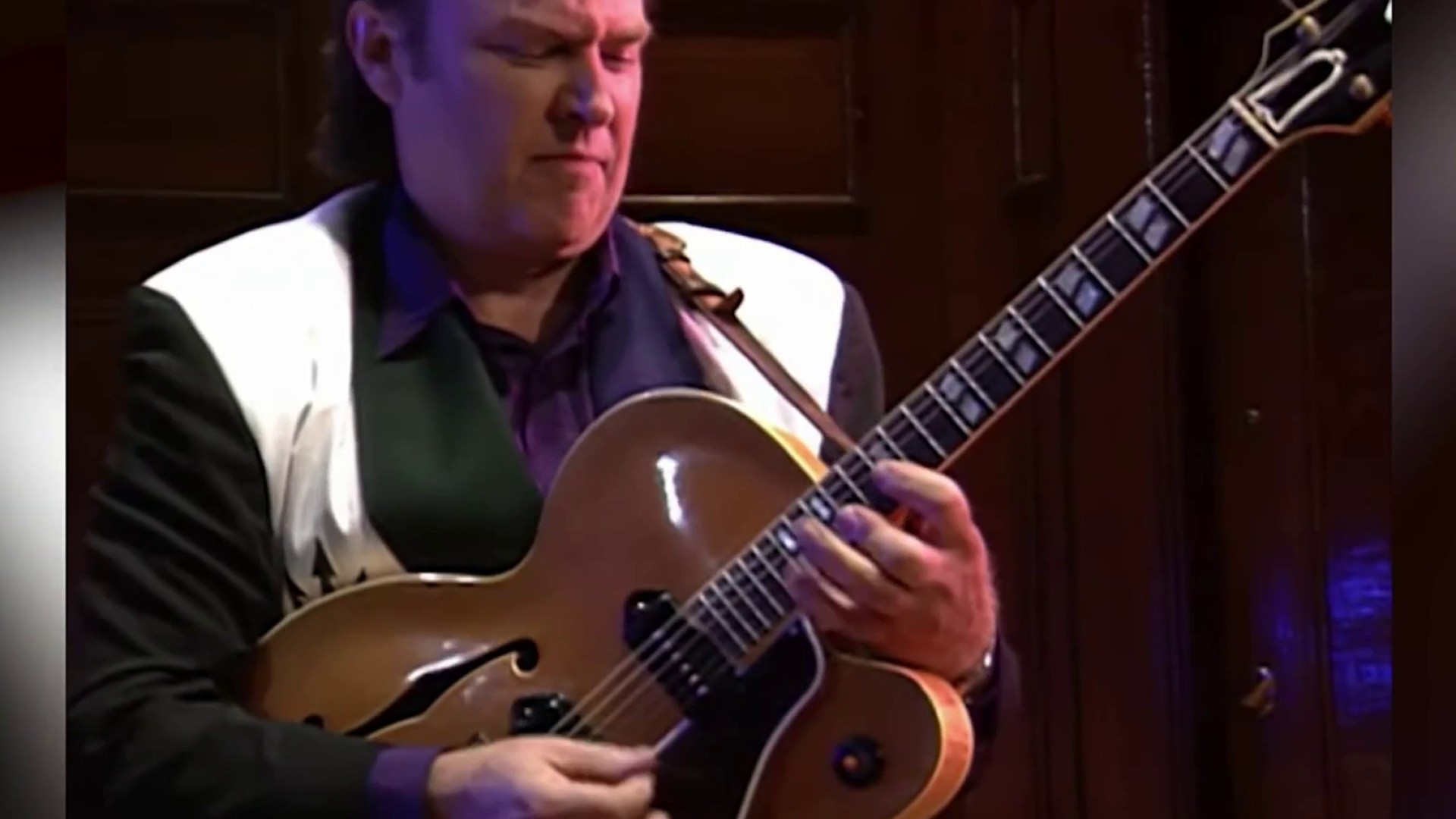What to Know
- The coronavirus infection rate is heightened in two Northwest D.C. neighborhoods, the mayor said Monday.
- People with chronic health conditions are at particular risk from the virus, even if the condition is under control, the health director said.
- Officials are concerned that people having heart attacks or strokes are not seeking help, out of fear of contracting the virus.
If you’re African American, Latino or have medical conditions, D.C. officials want you to pay special attention to the dangers of the coronavirus.
According to the latest information from the city, African Americans make up the vast majority of those who have died of the virus, most infants diagnosed are Hispanic or Latino, and many of the victims had at least one medical condition.
D.C. Mayor Muriel Bowser and Department of Health Director LaQuandra Nesbitt urged residents and visitors to pay attention to warnings about who is particularly at risk.
“We don’t share this information to cause panic or to scare people. We share this information because we want our families and our residents to be informed on how they can make the best choices for themselves and their families,” Nesbitt said at a news conference Monday.
The rate of infection increased in two neighborhoods: Columbia Heights and 16th Street Heights. When asked why this might be, Nesbitt cited high housing density and a larger proportion of residents who are essential workers. Race and ethnicity also may be factors, she said.
Many people newly diagnosed with the virus appear to have caught it from someone in their own home. Households with elderly family members or essential workers are at greater risk.
Local
Washington, D.C., Maryland and Virginia local news, events and information
The virus continues to have a disproportionate effect on African Americans. Though Africans Americans make up less than half of D.C.’s population, they made up 79% of people who have died of the virus. Of people infected, 47% are black, as identified in city data.
Twenty-four infants age 1 or younger have been diagnosed with the virus, and more than half are Hispanic or Latino. Most infants were diagnosed after someone else in their household tested positive.
Many of those with the virus who have died had at least one medical condition. Hypertension was most common, with 159 cases among the 258 people who have died. One-hundred-ten of the victims had diabetes. Others had chronic obstructive pulmonary disease (COPD), cancer, asthma and HIV. A substantial number of those who died had more than one of these conditions.
“It’s not a matter of whether your chronic condition is under control,” Nesbitt said. “The presence of this health condition alone can make your body less able to withstand this virus if this affects you. We really want people to understand that.”
Some people who need medical treatment for serious conditions like heart attacks and strokes may not be going to emergency rooms or doctor’s offices out of concern that they’ll be exposed to the coronavirus, officials said. If you need medical treatment, seek it, the mayor said.
Forty-eight pregnant women have been diagnosed with the virus. There are no instances of the virus being transmitted to their babies.
The mayor and health director continued to urge D.C. residents and visitors to stay home, limit all non-essential trips and observe social distancing guidelines.
Crowds of people gathered on the National Mall on Saturday to watch a flyover by the U.S. Air Force Thunderbirds and U.S. Navy Blue Angels. When asked to respond to violations of the stay-at-home order to watch the jets, Bowser reminded residents that the virus “has not left the District.”
“We can only contain the virus if we don’t spread it to one another,” she said.



